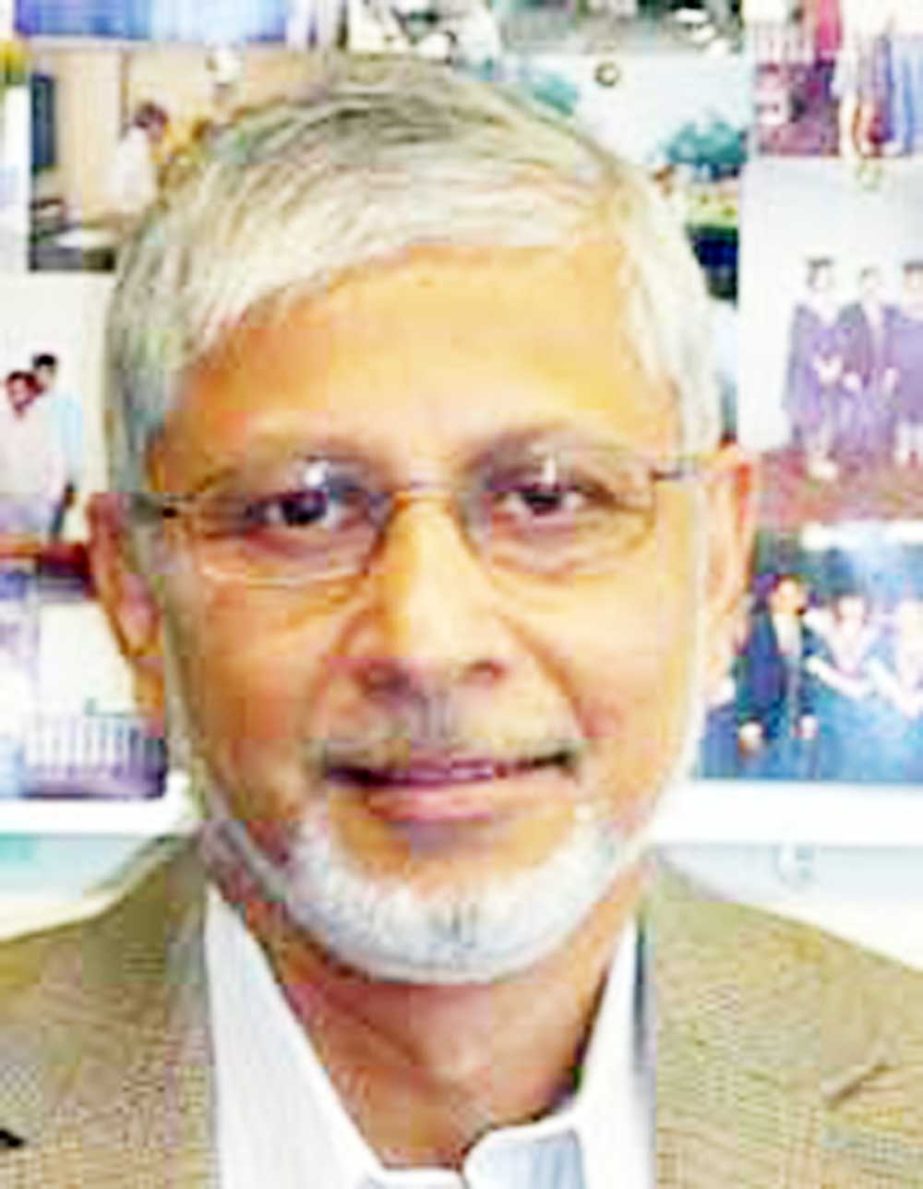
Anis Chowdhury and Jomo Kwame Sundaram :
Most sub-Saharan African French colonies got formal independence in the 1960s. But their economies have progressed little, leaving most people in poverty, and generally worse off than in other post-colonial African economies.
Pre-Second World War colonial monetary arrangements were consolidated into the Colonies Françaises d’Afrique (CFA) franc zone set up on 26 December 1945. Decolonization became inevitable after France’s defeat at Dien Bien Phu in 1954 and withdrawal from Algeria less than a decade later.
France insisted decolonization must involve ‘interdependence’ – presumably asymmetric, instead of between equals – not true ‘sovereignty’. For colonies to get ‘independence’, France required membership of Communauté Française d’Afrique (still CFA) – created in 1958, replacing Colonies with Communauté.
CFA countries are now in two currency unions. Benin, Burkina Faso, Côte d’Ivoire, Guinea-Bissau, Mali, Niger, Senegal and Togo belong to UEMOA, the French acronym for the West African Economic and Monetary Union.
Its counterpart CEMAC is the Economic and Monetary Community of Central Africa, comprising Cameroon, the Central African Republic, the Republic of the Congo, Gabon, Equatorial Guinea and Chad.
Both UEMOA and CEMAC use the CFA franc (FCFA). Ex-Spanish colony, Equatorial Guinea, joined in 1985, one of two non-French colonies. In 1997, former Portuguese colony, Guinea-Bissau was the last to join.
Such requirements have ensured France’s continued exploitation. Eleven of the 14 former French West and Central African colonies remain least developed countries (LDCs), at the bottom of UNDP’s Human Development Index (HDI).
Guinea was the first to leave the CFA in 1960. Before fellow Guineans, President Sékou Touré told President Charles de Gaulle, “We prefer poverty in freedom to wealth in slavery”.
Guinea soon faced French destabilization efforts. Counterfeit banknotes were printed and circulated for use in Guinea – with predictable consequences. This massive fraud brought down the Guinean economy.
France withdrew more than 4,000 civil servants, judges, teachers, doctors and technicians, telling them to sabotage everything left behind: “un divorce sans pension alimentaire” – a divorce without alimony. Ex-French espionage documentation service (SDECE) head Maurice Robert later acknowledged, “France launched a series of armed operations using local mercenaries, with the aim of developing a climate of insecurity and, if possible, overthrow Sékou Touré”.
Togo independence leader, President Sylvanus Olympio was assassinated in front of the US embassy on 13 January 1963. This happened a month after he established a central bank, issuing the Togolese franc as legal tender. Of course, Togo remained in the CFA.
Mali left the CFA in 1962, replacing the FCFA with the Malian franc. But a 1968 coup removed its first president, radical independence leader Modibo Keita. Unsurprisingly, Mali later re-joined the CFA in 1984.
The eight UEMOA economies are all oil importers, exporting agricultural commodities, such as cotton and cocoa, besides gold. By contrast, the six CEMAC economies, except the Central African Republic, rely heavily on oil exports.
CFA apologists claim pegging the FCFA to the French franc, and later, the euro, has kept inflation low. But lower inflation has also meant “slower per capita growth and diminished poverty reduction” than in other African countries.
The CFA has “traded decreased inflation for fiscal restraint and limited macroeconomic options”. Unsurprisingly, CFA members’ growth rates have been lower, on average, than in non-CFA countries.
With one of Africa’s highest incomes, petroleum producer Equatorial Guinea is the only CFA country to have ‘graduated’ out of LDC status, in 2017, after only meeting the income ‘graduation’ criterion.
With over 70pc of its population poor, and over 40pc in ‘extreme poverty’, inequality is extremely high in Equatorial Guinea. The top 1pc got over 17pc of pre-tax national income in 2021, while the bottom half got 11.5pc!
Four of ten 6-12 year old children in Equatorial Guinea were not in school in 2012, many more than in much poorer African countries. Half the children starting primary school did not finish, while less than a quarter went on to middle school.
The CFA “promotes inertia and underdevelopment among its member states”. Worse, it also limits credit available for fiscal policy initiatives, including promoting industrialization.
Credit-GDP ratios in CFA countries have been low at 10-25pc – against over 60pc in other Sub-Saharan African countries! Low credit-GDP ratios also suggest poor finance and banking facilities, not effectively funding investments.
By surrendering exchange rate and monetary policy, CFA members have less policy flexibility and space for development initiatives. They also cannot cope well with commodity price and other challenges.
The CFA’s institutional requirements – especially keeping 70pc of their foreign exchange with the French Treasury – limit members’ ability to use their forex earnings for development.
More recent fiscal rules limiting government deficits and debt – for UEMOA from 2000 and CEMAC in 2002 – have also constrained policy space, particularly for public investment.
The CFA has also not promoted trade among members. After six decades, trade among CEMAC and UEMOA members averaged 4.7pc and 12pc of their total commerce respectively. Worse, pegged exchange rates have exacerbated balance of payments volatility.
Unrestricted transfers to France have enabled capital flight. The FCFA’s unlimited euro convertibility is supposed to reduce foreign investment risk in the CFA. However, foreign investment is lower than in other developing countries.
Total net capital outflows from CFA countries during 1970-2010 came to $83.5 billion – 117pc of combined GDP! Capital flight from CFA economies was much more than from other African countries during 1970-2015.
(Courtesy: Inter Press Service, UN Bureau).

